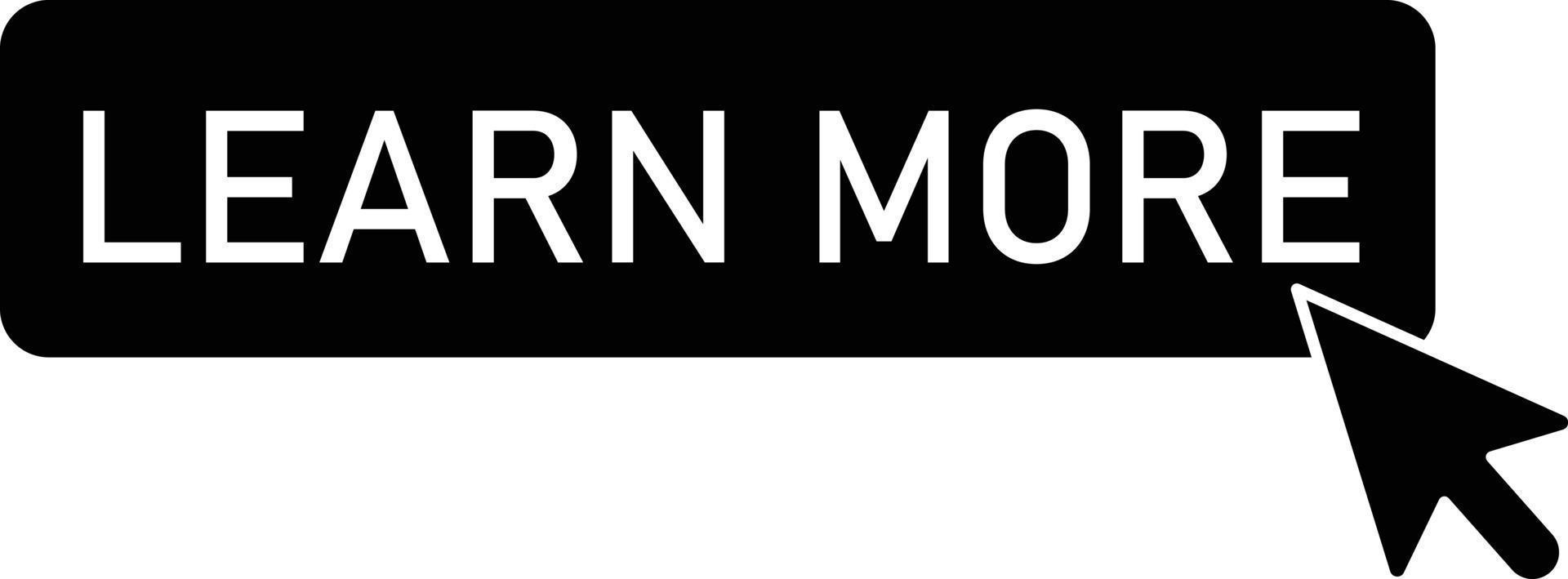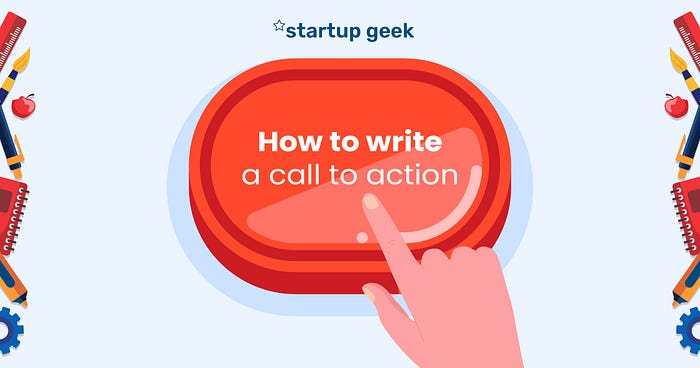General
Stop Using ‘Click Here’: Write Effective CTAs That Sound Like Your Brand.

Transform your website. Effective CTAs make it feel human, build trust, and drive real clicks. Learn to write calls to action that convert.
Ever scrolled a website and hit “Click Here” or “Submit”? Most of us have. It’s the digital equivalent of a shrug. These generic calls to action (CTAs) are everywhere, and they’re a huge missed opportunity.
Your website is a conversation. Every button is a chance to connect. A dull CTA doesn’t just bore users; it wastes an opportunity to show your brand’s personality and guide visitors effectively.
But what if your CTAs could do more? What if they could speak to your audience, build trust, and gently nudge them forward? That’s what we’ll explore. We’ll show you how to write CTAs that feel human, align with your brand, build trust, and convert better.
Why Generic CTAs Fail

What’s wrong with “Click Here”? It seems harmless, right? Not so fast. Generic CTAs quietly sabotage your website’s performance:
1) They’re Forgettable: In a sea of “Click Here” buttons, yours disappears. Your website fades into the background. This lack of distinctiveness often means your website isn’t converting as it should.
2) They Feel Robotic: Websites should feel like a chat, not a command. “Submit” or “Enter” strips personality, making users feel they’re dealing with a machine, not a solution.
3) They Fail to Promise Value: A good CTA tells users why to click, not just what to do. Generic CTAs offer no hint of what’s next. What happens after “Submit”?
4) They Can Damage Trust: In an age of online scams, vague commands feel suspicious. Users are smart. If your site isn’t clear and reassuring, they’ll leave. For a quick look at what CTAs are, Hotjar has a helpful glossary.
What Makes a CTA Effective?
%20Examples.gif?width=970&height=491&name=The%20White%20Company%20Build%20Your%20Gift%20Box%20Holiday%20Offer%20Call%20to%20Action%20(CTA)%20Examples.gif)
An effective CTA is a bridge between a user’s need and your solution. Here’s what makes CTAs great:
1) It’s Clear: No confusion. “Download Ebook” means an ebook. Simple.
2) It’s Action-Oriented: Use strong, benefit-focused verbs. Think “Discover,” “Start,” “Get,” “Explore.”
3) It Highlights User Benefit: Answer “What’s in it for me?” Focus on what the user gains: a solution, knowledge, a discount.
4) It Aligns with Your Brand’s Personality: This is key. Your CTA is part of your brand’s voice. A playful brand has playful CTAs. A luxury brand uses sophisticated language. An effective CTA, much like a well-designed landing page, guides users precisely where they need to go.
How Brand Voice Shapes Effective CTAs
%20Examples.jpg?width=900&height=858&name=KiwiCo%20Subscription%20Offer%20Call%20to%20Action%20(CTA)%20Examples.jpg)
Your brand voice isn’t just for your blog. It needs to be everywhere, especially in your CTAs.
1) Clarify Your Tone: Before writing, define your brand’s tone. Are you playful, bold, luxurious, or helpful? Each tone shifts your CTA style.
2) Be Consistent: Stick to your tone. Inconsistency confuses users and weakens your brand. If your blog posts are warm, your CTAs shouldn’t feel cold.
3) Small Copy Details Matter: Words around the CTA are crucial. This “microcopy” adds context, reassurance, or hints. For example, “No credit card required” below a “Start Free Trial” button builds trust.
4) Think Beyond the Button: Your brand voice belongs everywhere users interact with a CTA:
a) Forms: Labels, instructions, and submit buttons should match your tone.
b) Banners and Pop-ups: Use these for injecting personality into headlines and CTAs.
c) Micro-interactions: Even subtle messages after a click can reinforce your brand.
Real Examples of Effective CTAs with Personality

Let’s see how top brands use CTAs with personality. Need more ideas? HubSpot shares a great collection of call-to-action examples.
Dull vs. Branded CTA Examples:
Dull: “Download Now”
Branded (Educational Platform): “Unlock My Learning”
Dull: “Sign Up”
Branded (Creative Community): “Join the Creative Crew”
Dull: “Submit”
Branded (Productivity App): “Get Things Done!”
Brands That Do CTAs Well:

1. Spotify: Their CTAs are fun and benefit-driven. Instead of “Sign Up,” you see “Get Spotify Free” or “Go Premium.” It’s clear, user-focused, and reflects their brand of music enjoyment.
2. Mailchimp: Known for its quirky, helpful tone. Their CTAs, like “Send Your First Email” instead of “Create Campaign,” make complex tasks feel easy and fun.
3. Airbnb: They focus on experiences. Instead of “Book Now,” you’ll find “Check Availability” or “Explore Homes.” They emphasize discovery.
4. Slack: For a communication tool, their CTAs are about connection. “Get Started” or “Launch Your Workspace” are direct and convey purpose.
These effective CTAs work because they’re clear, highlight user benefits, and are infused with brand voice.
Tips for Writing Effective CTAs That Convert
Ready to drop “Click Here”? Here are actionable tips for effective CTAs:
1) Tie Your CTA to a Clear Benefit: Always ask: “What does the user get?”
a) Instead of “Submit Form,” try “Get My Free Demo” or “Download My Guide.”
b) Instead of “Learn More,” try “Discover Our Solutions.”
2) Use First or Second Person: Make it personal.
a) First Person (user-centric): “Get My Quote,” “Start My Free Trial.”
b) Second Person (direct address): “Your Free Download,” “Find Your Perfect Match.”
3) Keep it Short: 2–5 words usually work best. CTAs are commands, not sentences.
4) Test Multiple Variations: A/B testing is your best friend.
a) Test different tones (e.g., “Get Started” vs. “Let’s Begin”).
b) Test different benefits (e.g., “Save Time” vs. “Boost Efficiency”).
c) Test different lengths. See what works. Data-driven decisions are always strongest.
5) Match Surrounding Microcopy: Ensure text around your CTA strengthens its message and builds trust. “Never miss out on our latest insights!” above “Sign Up for Updates” creates a cohesive message.
Where to Use Brand-Matched CTAs
Effective CTAs aren’t just for your homepage. They need to be consistently applied across your entire digital presence.
1) Buttons on Landing Pages and Hero Banners: These are often the first interactive elements users see. Make them count. For powerful examples of how CTAs drive action on a dedicated landing page, explore how top companies optimize these critical conversion points.
2) Pop-ups and Lead Magnets: When offering something valuable, your CTA should clearly state the benefit and entice the user.
3) Sign-up Forms and Newsletter Opt-ins: Instead of “Subscribe,” try “Join Our Community” or “Get Weekly Inspiration.”
4) Checkout Flows and Shopping Carts: Reassuring CTAs like “Complete My Order Securely” or “Proceed to Payment” can reduce cart abandonment.
5) Error States, Empty States, Thank-You Screens: Even in these less-obvious places, a brand-aligned CTA can guide users or reinforce positive feelings. For example, an empty cart might have a CTA like “Start Shopping for Amazing Deals!”
Common CTA Mistakes to Avoid

Even with the best intentions, it’s easy to fall into old habits. Watch out for these common CTA pitfalls:
1) Using Generic Commands like “Click Here” or “Submit.” We’ve covered this, but it bears repeating. These are the ultimate missed opportunities.
2) Making CTAs Too Long or Awkward. “Click here to submit your inquiry for more information on our groundbreaking new software solution” is an immediate turn-off. Brevity is key.
3) Mixing Tones That Confuse Users. If your brand is lighthearted, don’t suddenly use stiff, corporate language in your CTA. It creates dissonance.
4) Ignoring Mobile UX: Your CTAs must be clear, readable, and easily tappable on small screens. If a user has to pinch and zoom to click, you’ve already lost them.
5) Not Testing: Leaving CTAs unchanged for years without any data or optimization is a sure path to stagnation. Always be testing, learning, and refining.
Boring, lifeless CTAs are more than just a minor oversight; they’re a significant missed opportunity to connect with your visitors. In a world saturated with digital noise, every single word on your website counts. When you take the time to write CTAs that truly sound like your brand, you do more than just improve your conversion rates. You make your website feel human, you build trust in those small, crucial moments, and you begin to transform casual visitors into loyal customers.
Ready to transform your website with CTAs that truly connect and convert? Let’s talk! Reach out to Leo9 Studio today, and let’s craft microcopy that speaks your brand’s language and drives real results.
FAQs
Q1: What are effective CTAs?
Effective CTAs are clear, action-oriented, and highlight user benefits. They also perfectly align with your brand’s unique personality and tone, making your website feel human and trustworthy. They don’t just tell users what to do, but why they should do it.
Q2: How do you optimize CTAs?
To optimize CTAs, test multiple variations (tone, benefit, length) to see what resonates best with your audience. Always tie your CTA to a clear user benefit, use first or second-person language for a personal touch, and ensure surrounding microcopy strengthens the message.
Q3: What is an example of effective CTA content?
Instead of generic phrases like “Click Here,” an effective CTA might be “Unlock My Learning” (for an educational platform), “Get My Free Demo” (for a software company), or “Join the Creative Crew” (for a community website). These examples communicate value and action.
Q4: What are the 5 levels of effective CTAs?
While the blog doesn’t explicitly define “5 levels of CTAs,” it emphasizes a hierarchy of quality and purpose. This implies moving beyond basic commands to CTAs that are: 1) Clear and Direct, 2) Benefit-Oriented, 3) Brand-Aligned, 4) Trust-Building, and 5) Conversion-Optimized through testing. This progression focuses on increasing effectiveness and sophistication.
Q5: How to build an effective CTA?
Build a stronger CTA by focusing on user benefits, using action-oriented verbs, keeping it short and punchy (2-5 words), and ensuring it matches your brand’s unique voice. Crucially, test different versions to continuously improve performance.






